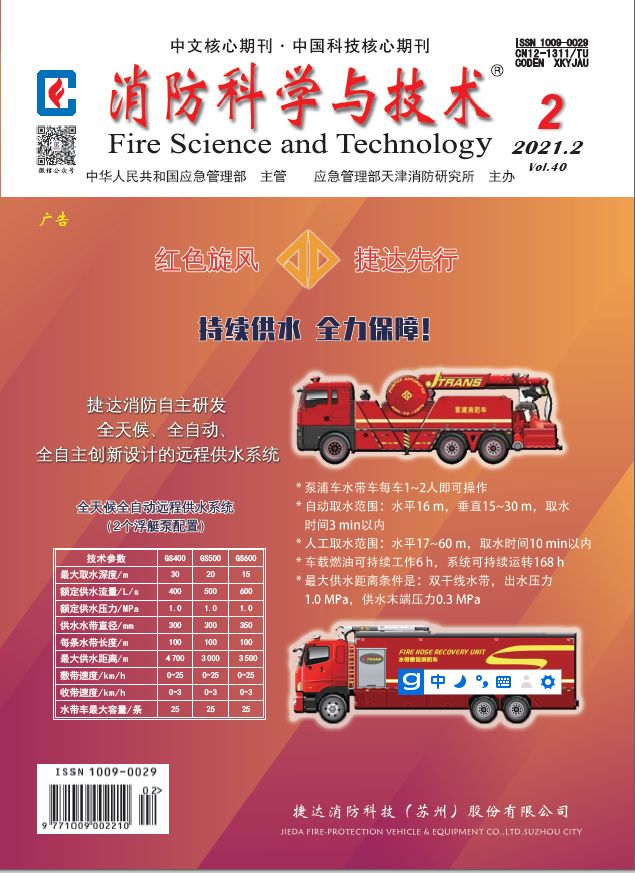Reasonable water
spray design parameters and smoke exhaust strategy can ensure the effective
smoke exhaust and smoke layer stability of the tunnel, and provide a favorable environment
for the safe evacuation of personnel. In order to study the optimal water spray
flow rate and smoke vent design parameters when the smoke loses the stable
critical state in the side smoke exhaust mode, FDS was used for a 15 MW fire
scale with different water spray flow rate, smoke exhaust volume, distance or
height of smoke exhaust vent. 19 groups of working conditions with different
spray flow, smoke exhaust flow, distance or the height of the smoke exhaust
port are simulated and calculated. The results show that: the greater the spray
flow, the higher the height of the smoke layer, the lower the overall
temperature of the tunnel, and the change of the spray flow has a little effect
on the stability of the smoke layer, there is smoke retention in the tunnel
space. The smoke exhaust port is 70 m3/s, the exhaust port spacing is 50 m, and the exhaust
port height is 3.2 m or 4.0 m, which is the best parameter of the exhaust port when
the smoke layer is in a critical state. At this time, the side suction force
upward component and the thermal buoyancy is greater than the drag force of the
water spray, the smoke layer is relatively stable, and there is no swirling and
smoke retention in the tunnel space, which is beneficial for smoke exhaust and
personnel evacuation.



